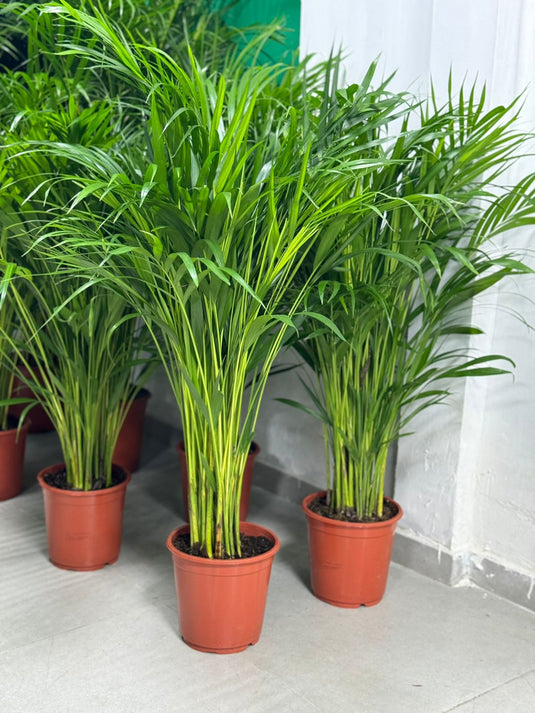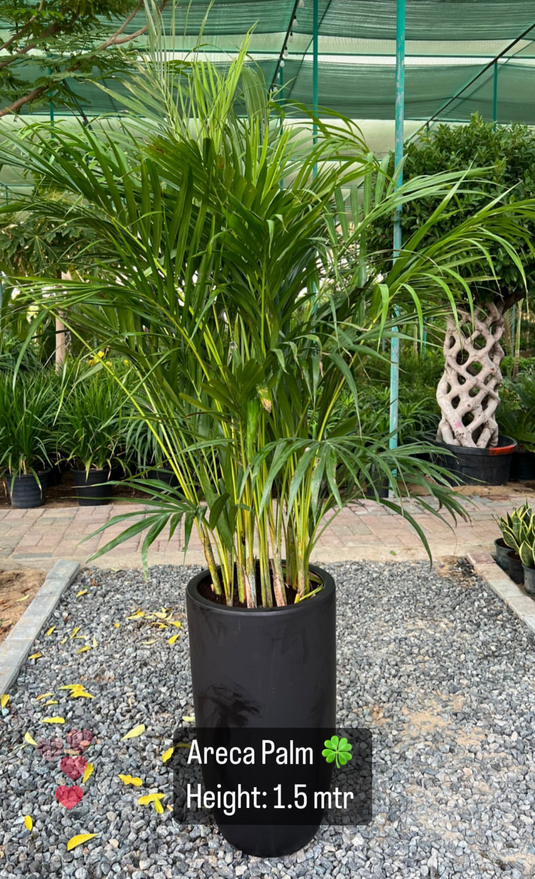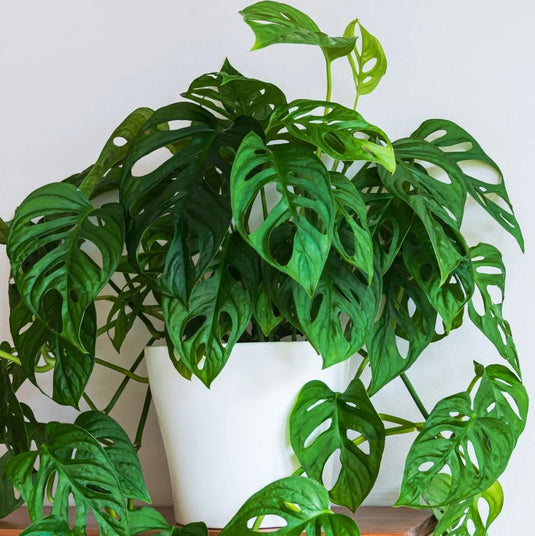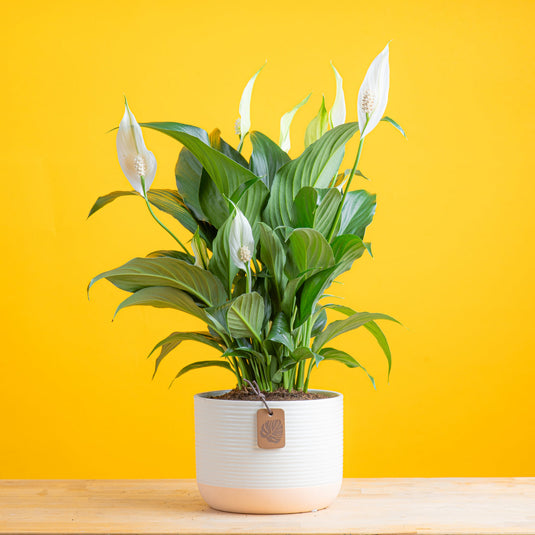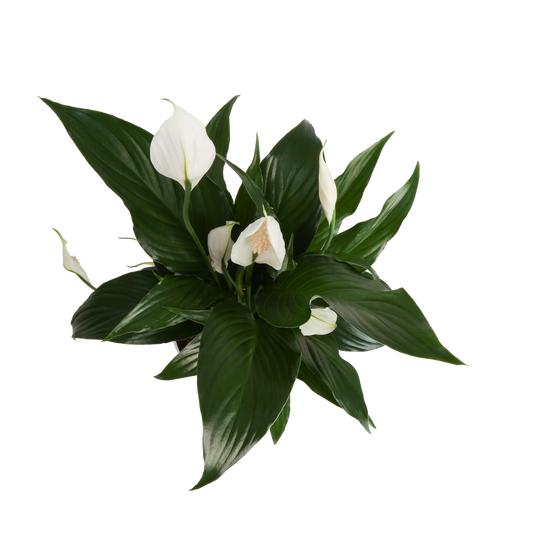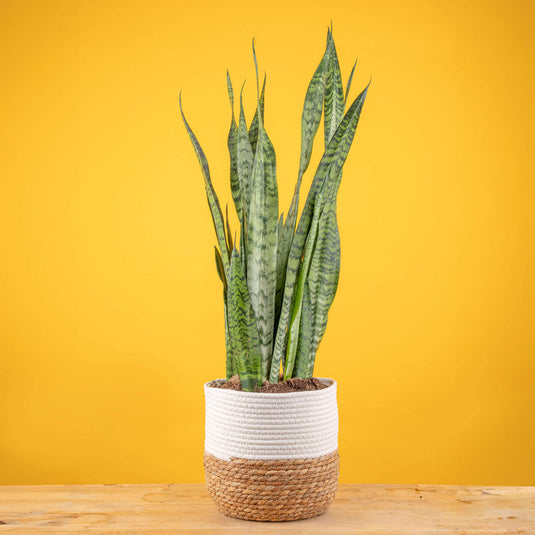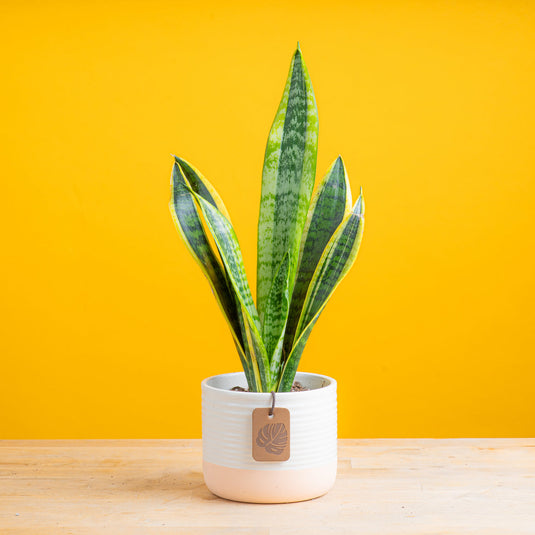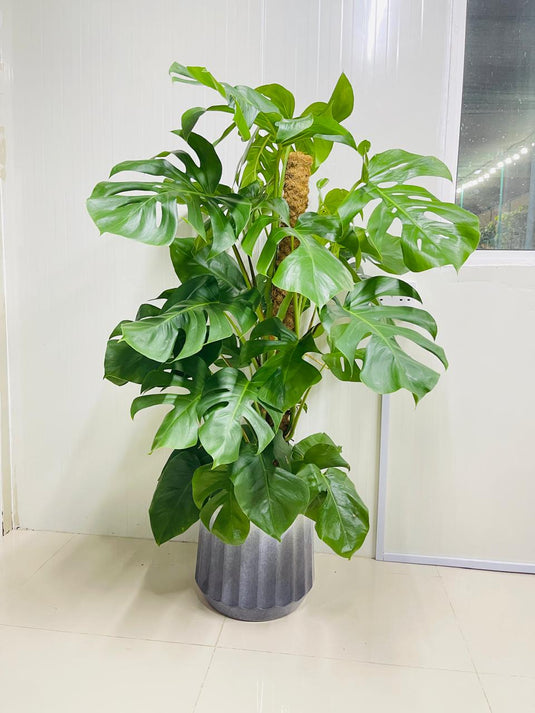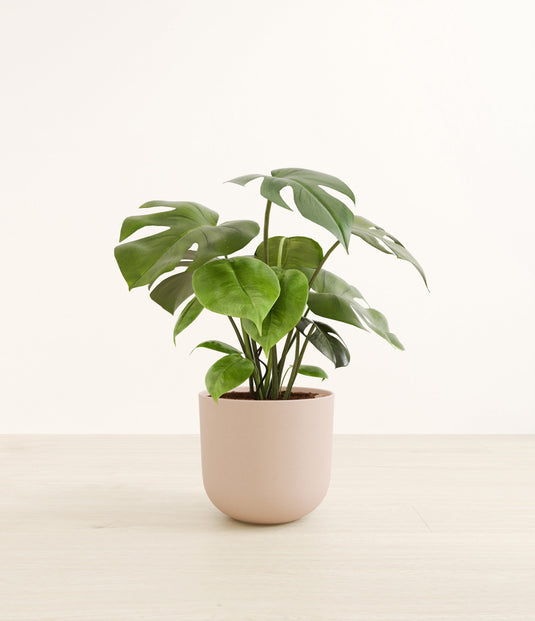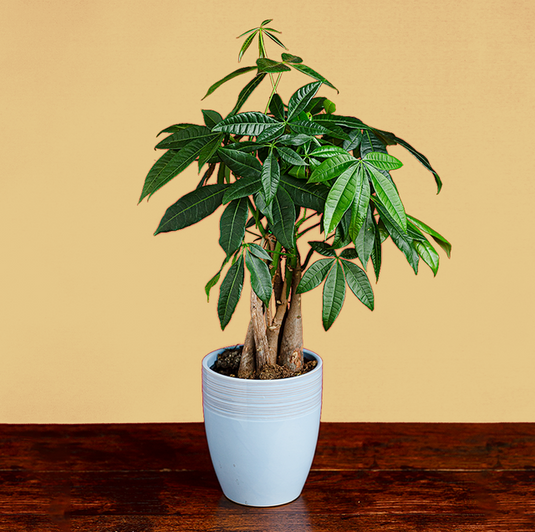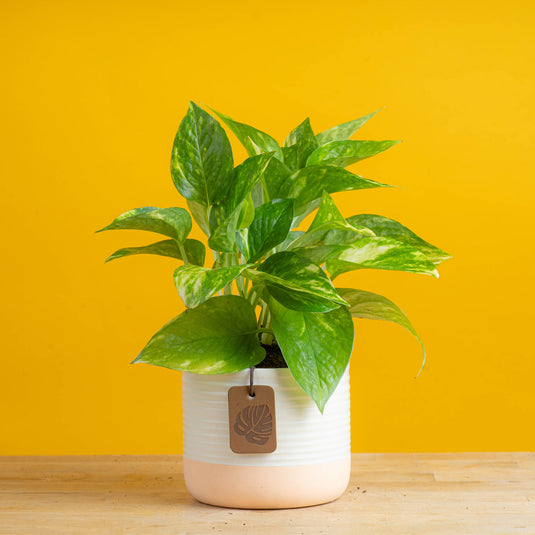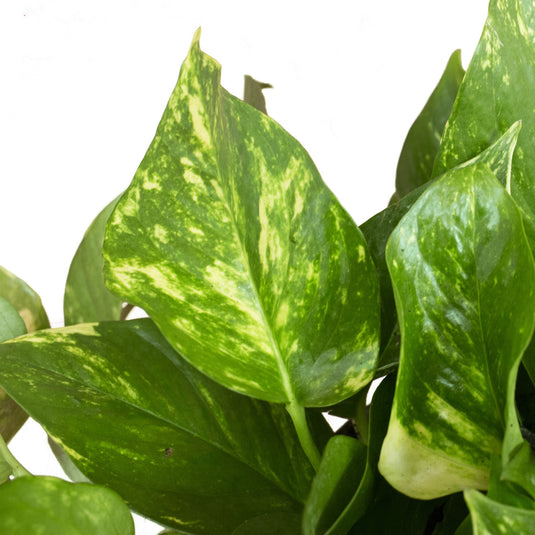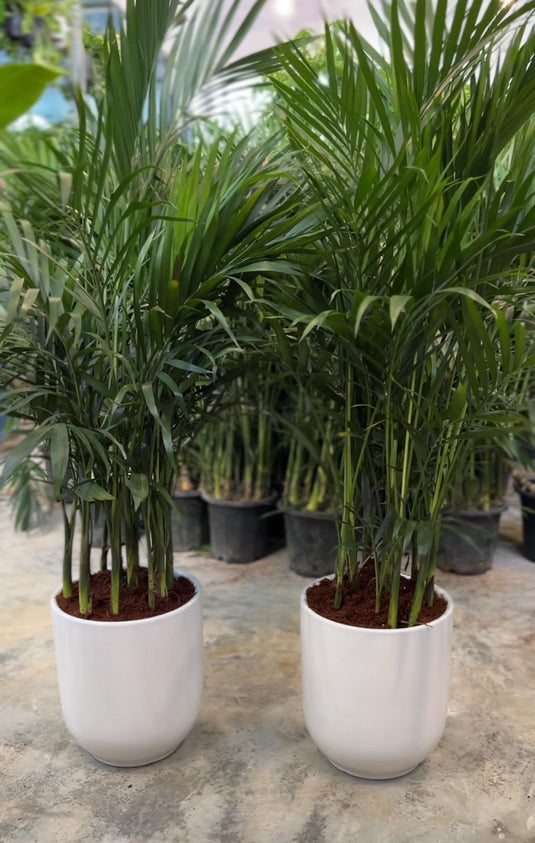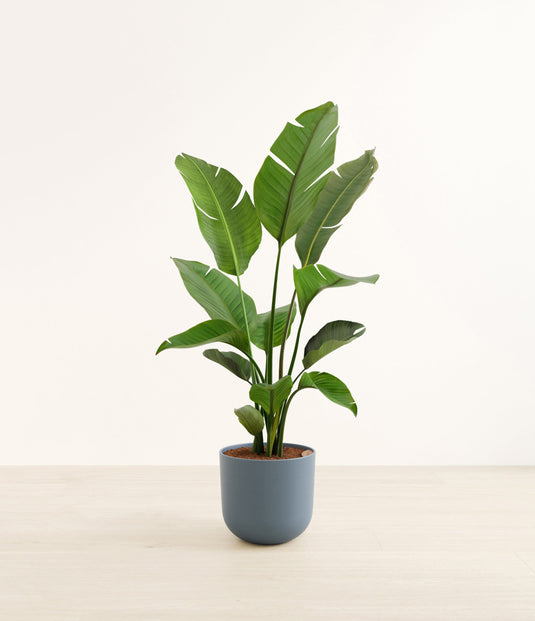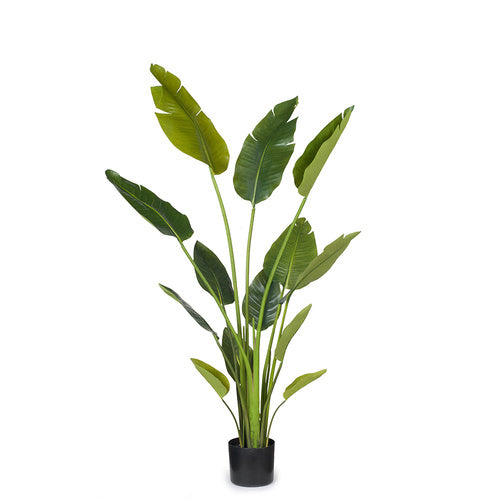Asoca Tree
- Healthy Arrival Guarantee
- Free Plant Care Consultation
- Safe & Secure Payment
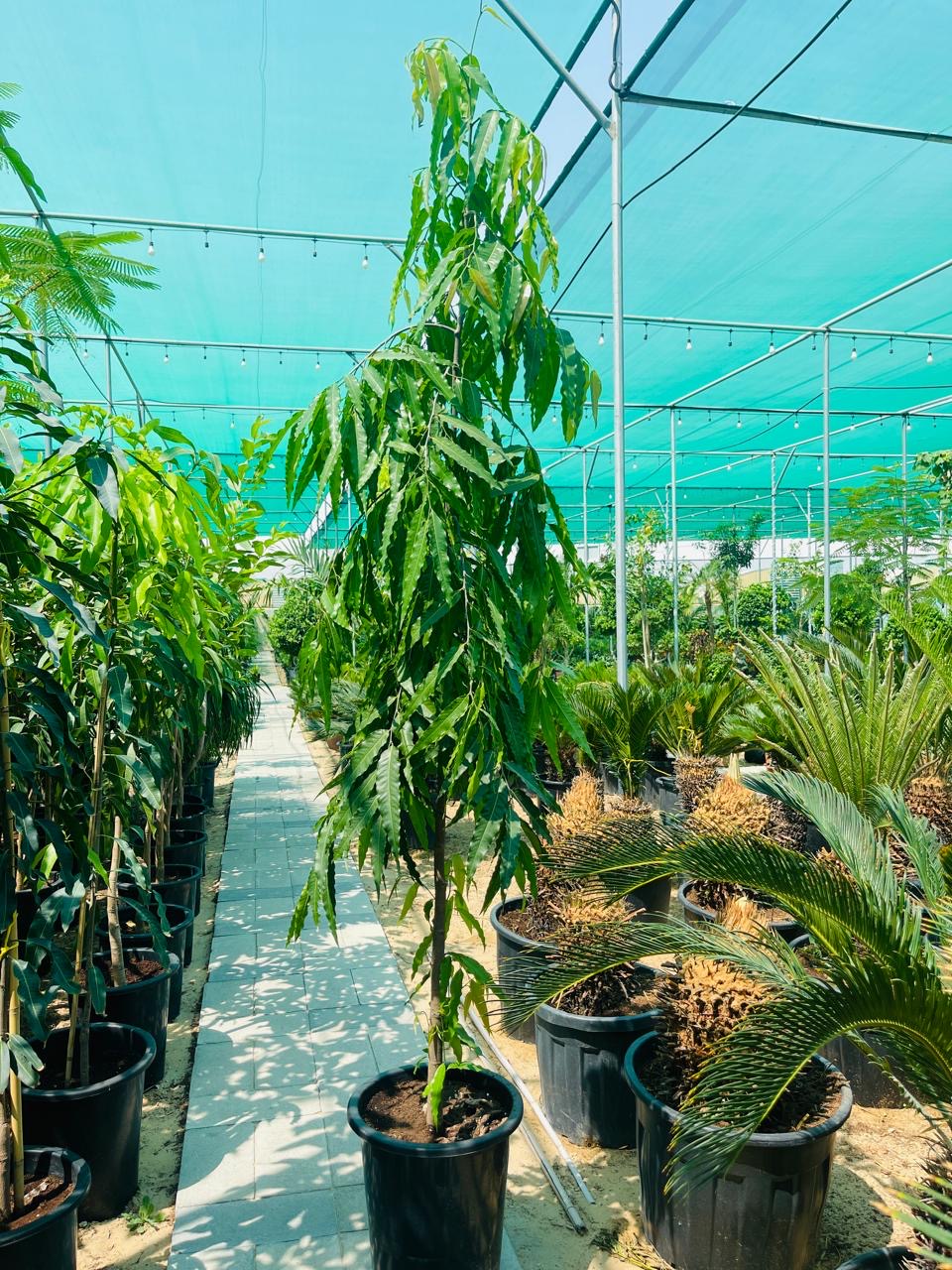
We will send you a notification as soon as this product is available again.
-
Estimated delivery: Jan 03 - Jan 07
-
Free return within 7 days of purchase.
Plant Description
The Asoca tree is a sacred and culturally significant tree native to the Indian subcontinent, known for its beautiful flowers and medicinal properties. The global market for medicinal plants, including the Asoca tree, is expected to reach approximately USD 1.5 billion by 2030.
5 Reasons Asoca Tree is Great for Your Mental and Physical Health
1. Medicinal Properties
The Asoca tree is renowned for its medicinal uses, particularly in traditional Ayurvedic medicine. Studies show that its bark and flowers have anti-inflammatory and analgesic properties, making it beneficial for treating various ailments (Kumar et al., 2015).
2. Treatment of Gynecological Disorders
Research indicates that the Asoca tree is effective in treating gynecological issues, including menstrual disorders and excessive bleeding. Its extracts are known to help regulate menstrual cycles and alleviate discomfort (Kaur et al., 2018).
3. Antioxidant Activity
The Asoca tree possesses significant antioxidant properties, helping to neutralize free radicals in the body. Scientific studies have demonstrated that its extracts can protect against oxidative stress and reduce the risk of chronic diseases (Jaiswal et al., 2016).
4. Environmental Benefits
The Asoca tree plays a vital role in maintaining ecological balance by supporting local biodiversity. It provides habitat for various species and contributes to soil stabilization through its root system (Chandran et al., 2017).
5. Aesthetic Value
The Asoca tree is appreciated for its ornamental value due to its striking yellow flowers. It enhances the beauty of gardens and public spaces, making it a popular choice for landscaping and urban planting (Kumar et al., 2019).
Disadvantages
- The Asoca tree prefers specific climatic conditions and may not thrive in extreme temperatures or poor soil.
- Regular pruning and care are essential for optimal growth and flowering, requiring attention from gardeners.
- The Asoca tree grows slowly, meaning it takes time to establish and reach maturity for medicinal harvesting.
- Some individuals may experience allergic reactions to the pollen or parts of the tree, necessitating caution.
- In some regions, the Asoca tree may not be readily available for cultivation or purchase, affecting accessibility.
Frequently Asked Questions
1. Is the Asoca tree medicinally beneficial?
Yes, it is known for its anti-inflammatory and analgesic properties, widely used in traditional medicine.
2. Can it treat gynecological disorders?
Yes, research shows it is effective in managing menstrual disorders and excessive bleeding.
3. Does the Asoca tree have antioxidant properties?
Yes, its extracts are known to provide significant antioxidant benefits, reducing oxidative stress.
4. Is the Asoca tree environmentally beneficial?
Yes, it supports local biodiversity and helps stabilize soil in its ecosystem.
5. Does the Asoca tree have aesthetic value?
Yes, it is appreciated for its beautiful yellow flowers, enhancing gardens and landscapes.
Final Verdict: Should I Buy the Asoca Tree?
Yes, the Asoca tree is a valuable addition for those interested in its medicinal and ecological benefits.
Plant Care
Watering
Water your plant once a week or when the soil starts to feel slightly dry on the surface. Keep the soil consistently moist, but be careful not to overwater, as this can cause brown spots and leaf drop. If the leaves become curly or dry, it's a sign that the plant needs water. It's best to water your plant in the early morning or late evening when the temperatures are cooler. Always check the soil before watering.
Light
Provide bright indoor light or indirect sunlight for about 6 to 8 hours a day.
Temperature
Maintain temperatures between 18°C and 24°C. Avoid exposing the plant to drafts, as these can cause undesirable temperature fluctuations. Mist the plant occasionally, about twice a week, to help maintain optimal humidity levels.
Fertilizer
Apply liquid fertiliser every 15 days when the plant is actively growing. For best results, use Folikraft ready-to-use Indoor Plant Food.


